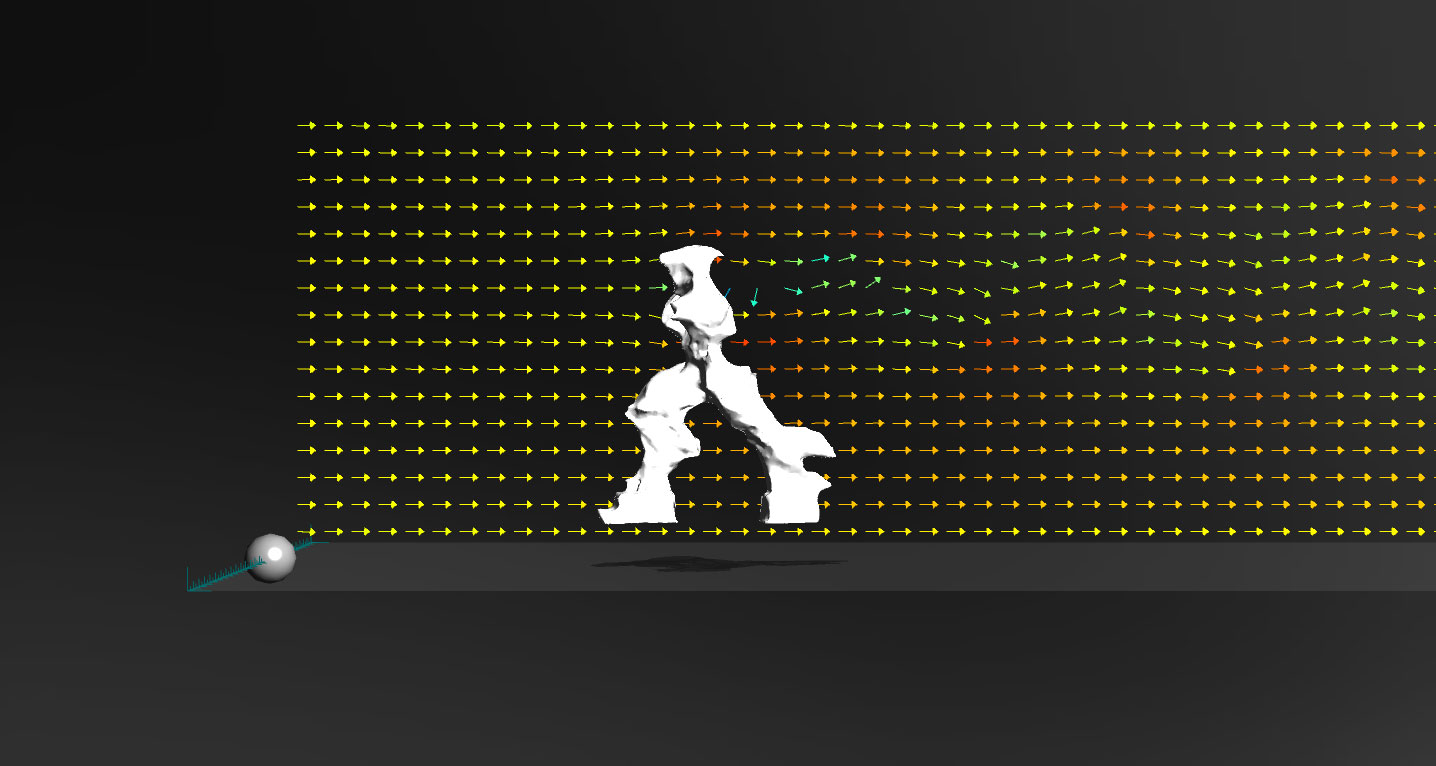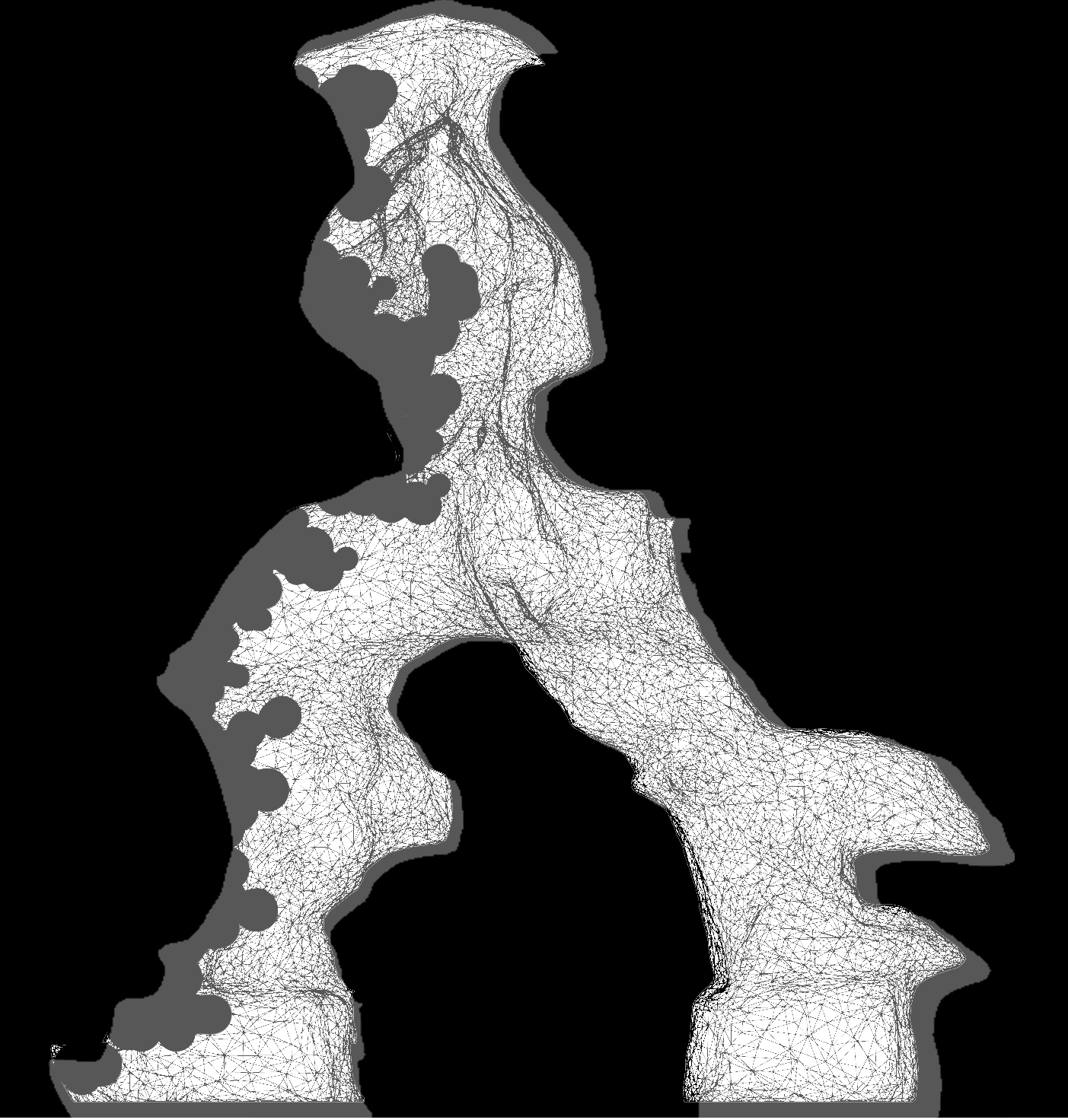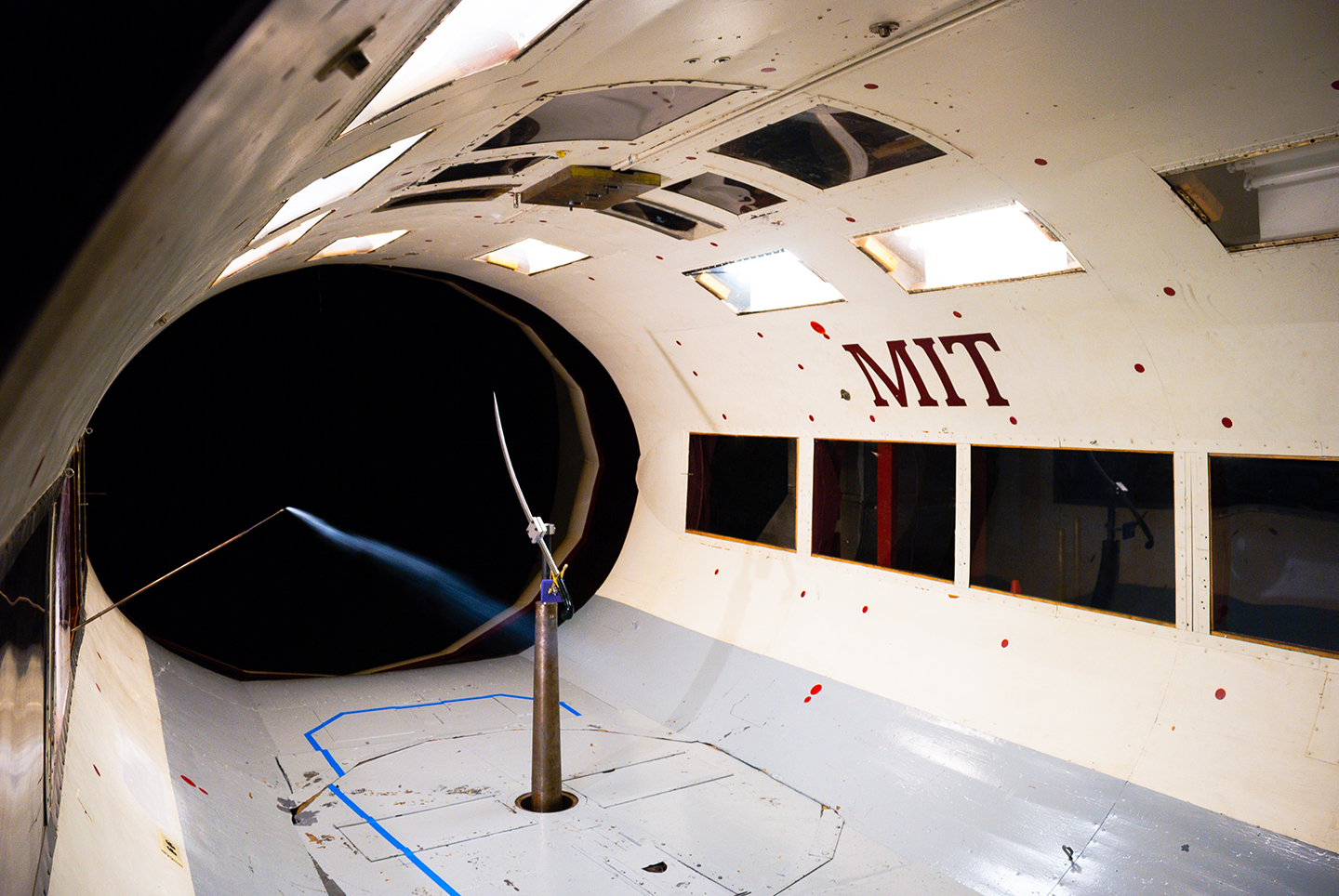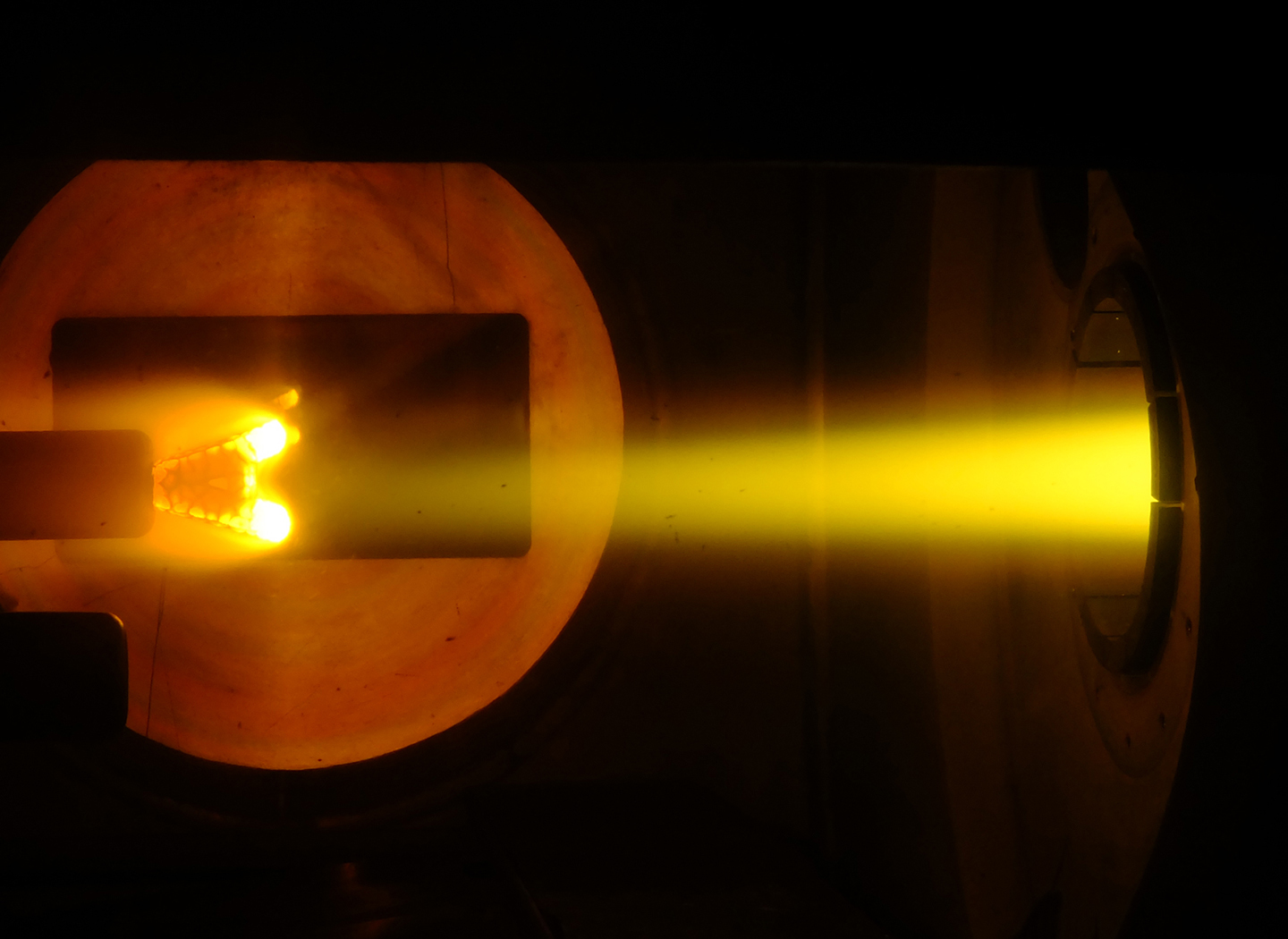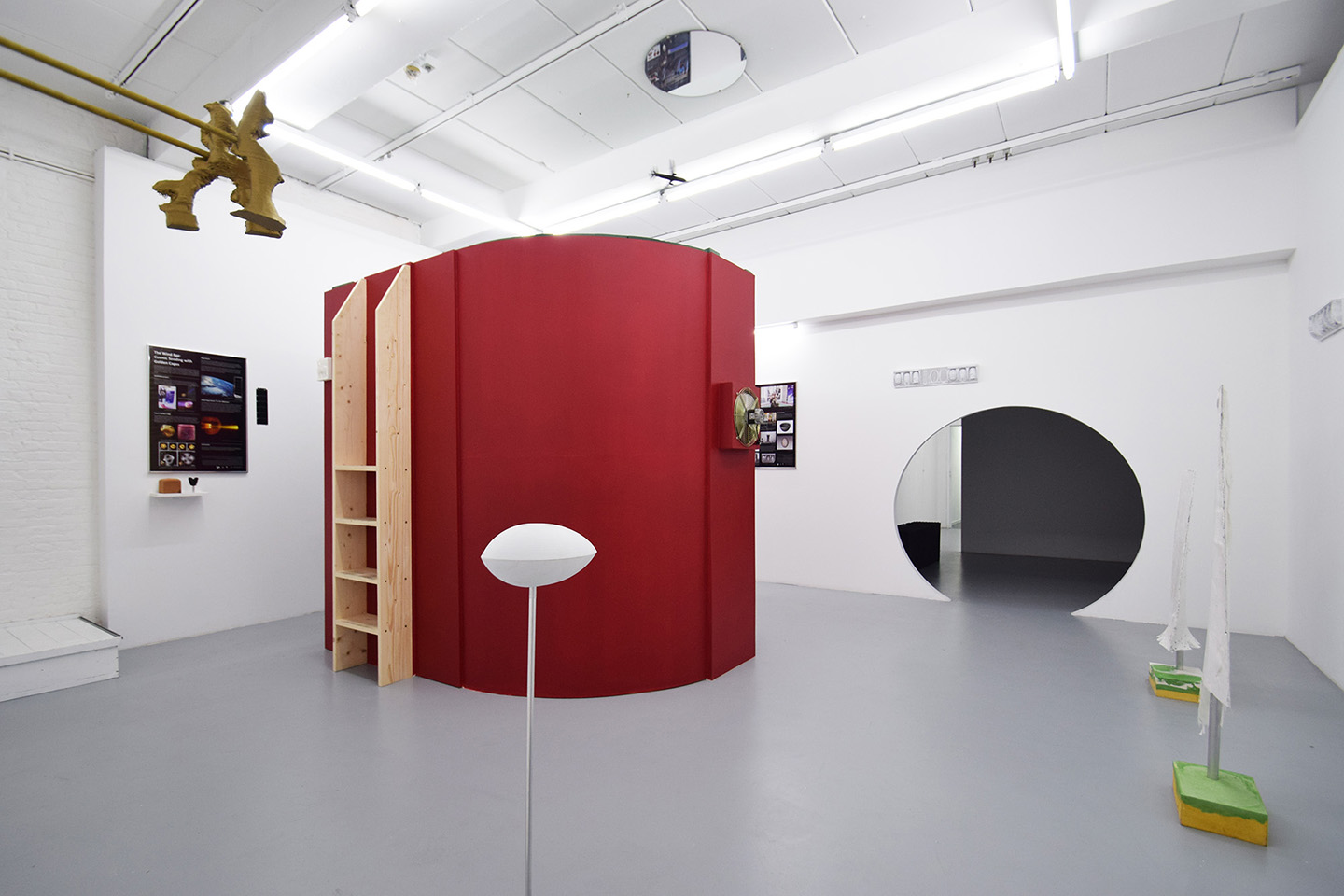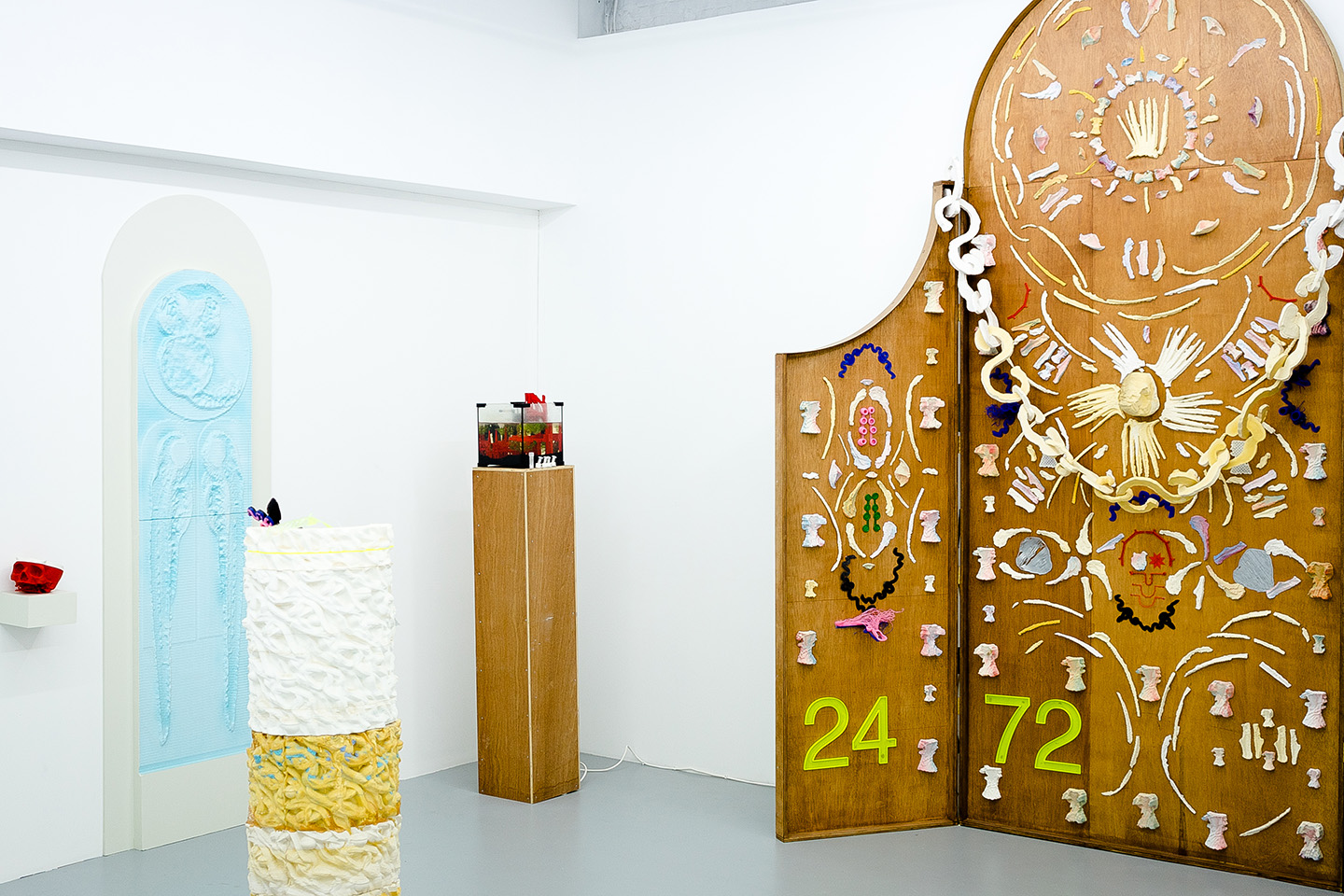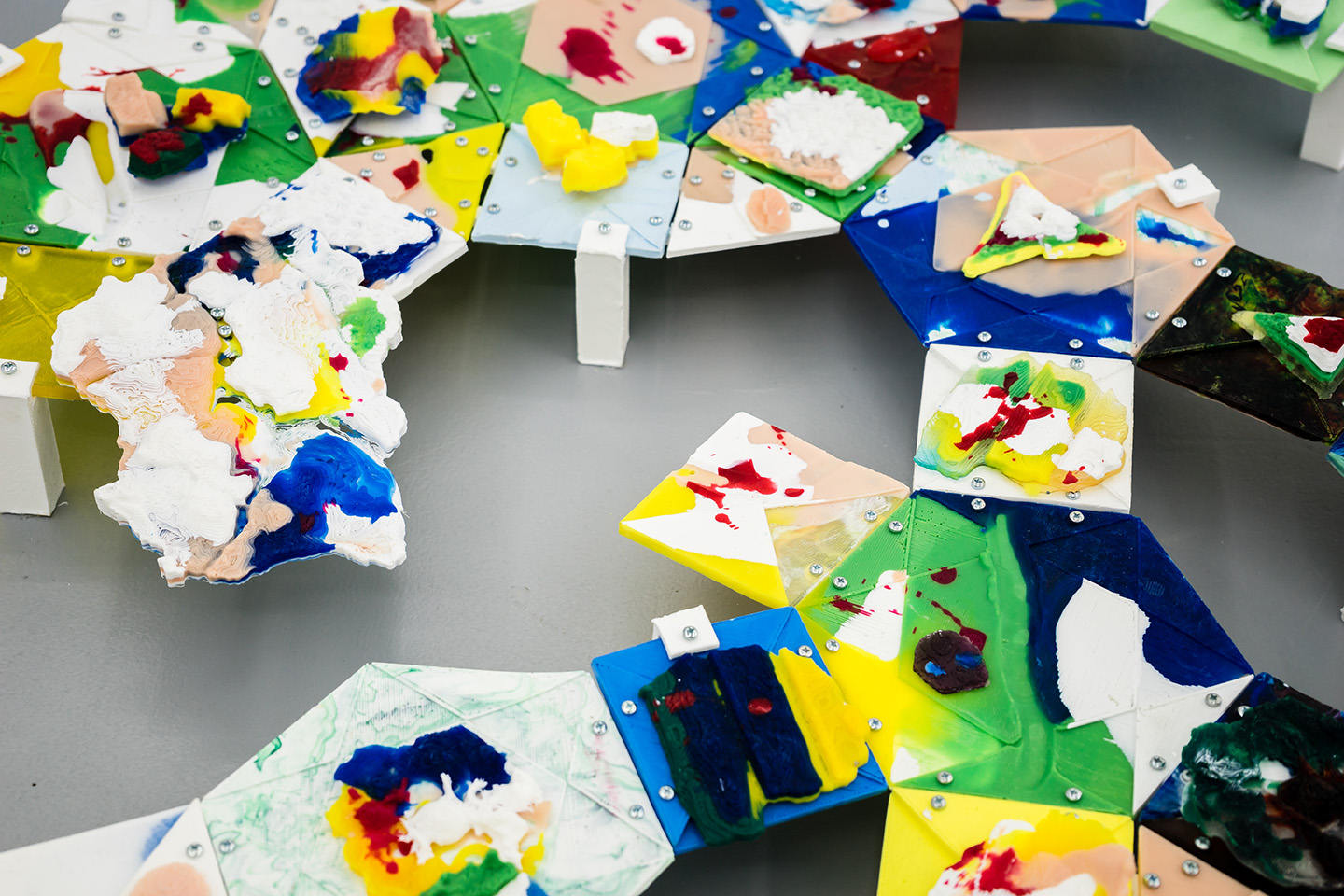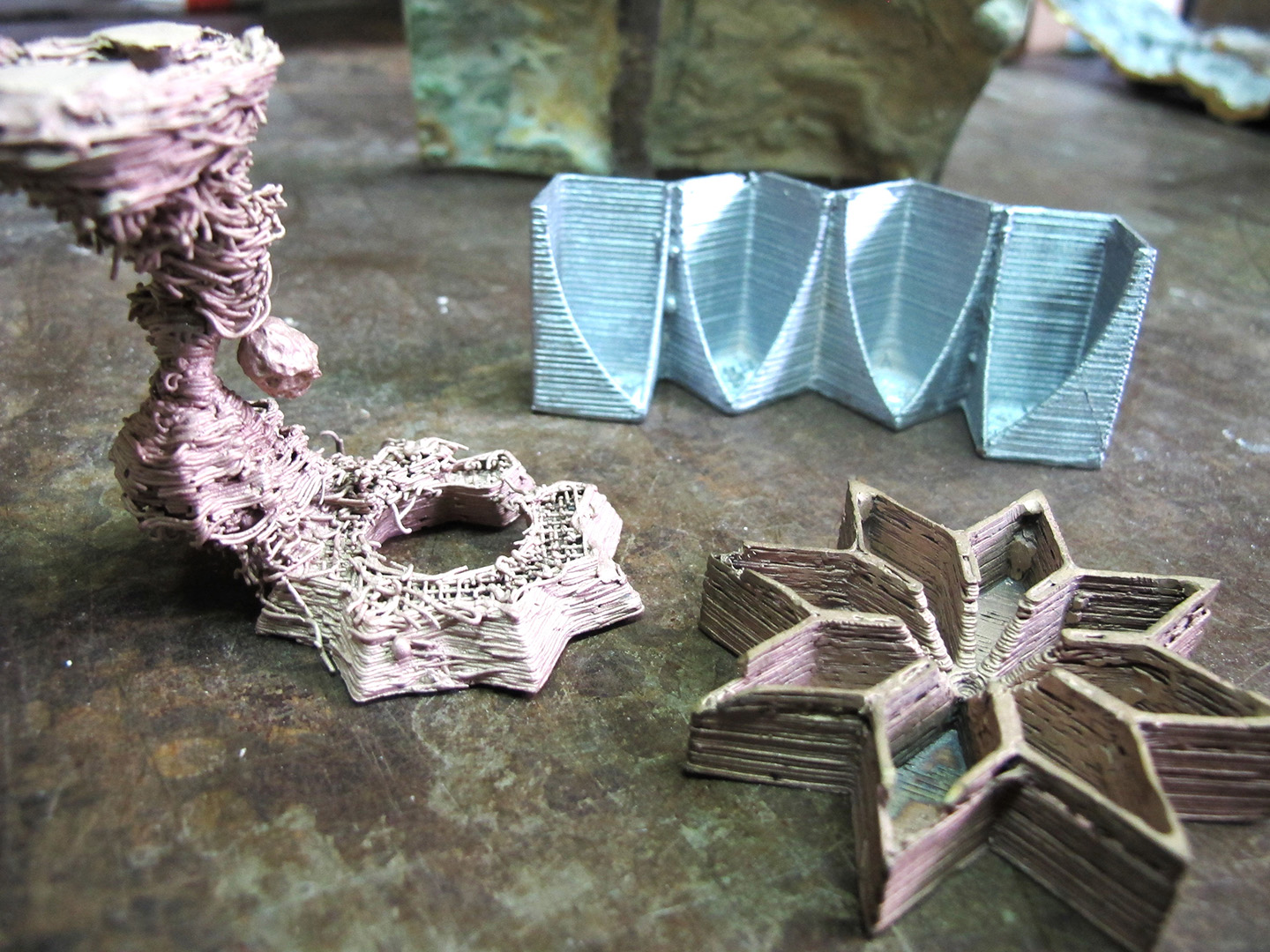HASEEB AHMED
Is a research-based artist. Originally from the US, he now lives and
works in Brussels. He produces objects, site-specific installations, and writes for various
publications.
Often working collaboratively Haseeb integrates methodologies from the hard sciences into his
art production. Currently he works with the von Karman Institute for Fluid Dynamics in Brussels
to create the Wind Egg Trilogy. The project blends art and aeronautics, myth and technology, to
create new narratives for the present. Its final part will be shown as a solo exhibition at the
Museum of Contemporary Art in Antwerp in 2018.
This project involves a PhD in practice-based arts in at the University of Antwerp and Sint
Lucas-Antwerpen School of Art and Design. Haseeb received his Masters from the MIT
Program in Art, Culture and Technology and received his Bachelor of Fine Arts at the School of
the Art Institute of Chicago. Ahmed has been a resident at the Jan van Eyck Academie in
Maastricht (NL) among others. His work has been exhibited internationally including the
Museum of Contemporary Art Chicago (US), the Barengasse Museum Zurich (CH), and
Alanica Symposium in Vladikavkaz (RU). He is represented by Harlan Levey Projects in
Brussels.
www.haseebahmed.com
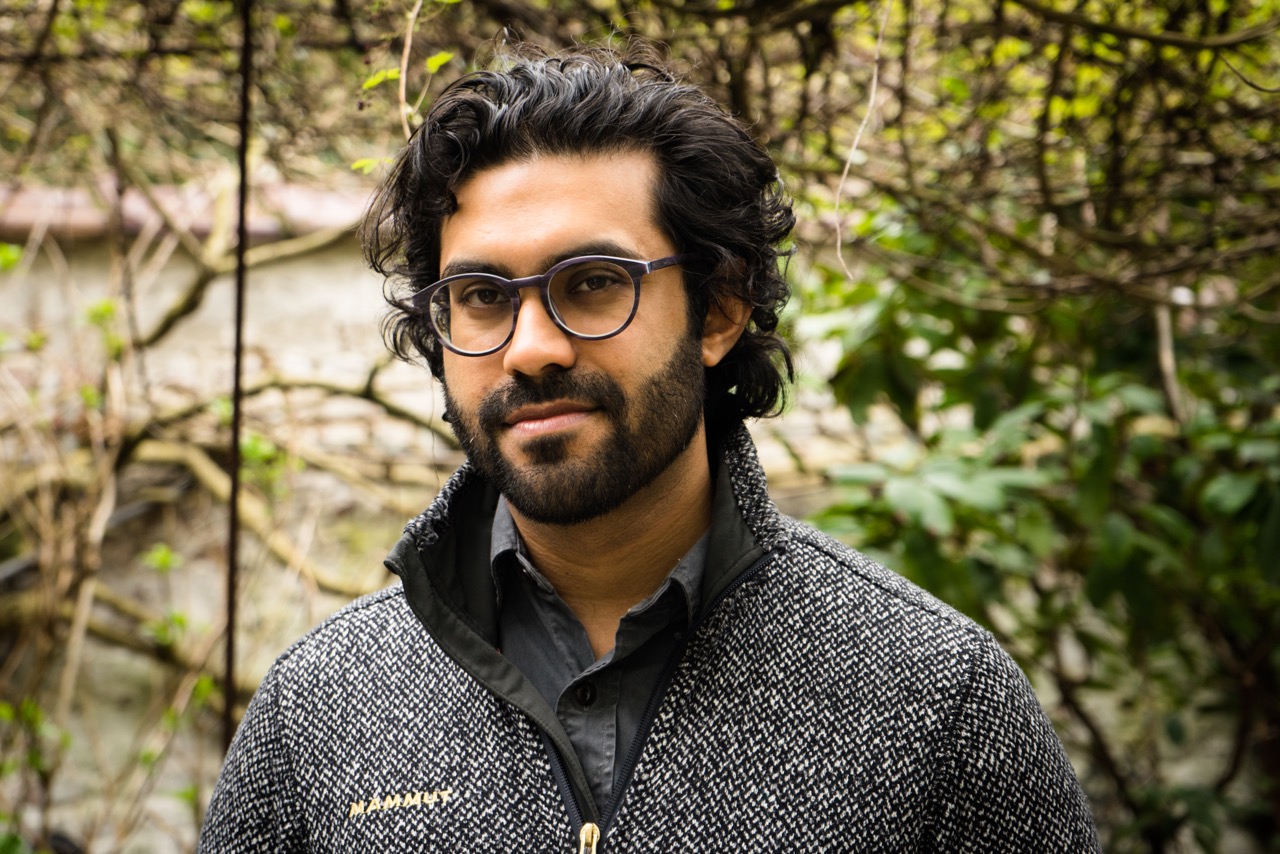
PROJECT PROPOSAL FOR BFSP #02
Like the air we breath, it is difficult to grasp the present, and hence the future. However, the parts of our past are cast in bronze. The form of this sculpture is derived from 3D scans of two original casts of Umberto Boccioni’s Unique forms of Continuity in Space (1913). This surface of this futurist sculpture articulates the affects a historical wind and the attempt to push through it. Two 3D prints of Boccioni’s sculpture are incinerated when cast in molten bronze. However, water is injected into the mold during the process of casting. The water immediately turns to vapor and the mass of the vapor displaces the bronze. In this way air immediately shapes the form of the sculpture. The form is a result of (1) air in the immediate present injected into the mold, (2) historical wind has shaped Boccioni’s sculpture, which is 3D scanned and exposed to (3) simulated winds in virtual space of the future. The final sculpture consists of two bronze casts resulting from the process described above. Each are placed in an automated wind tunnel where the unique turbulence pattern they create can be seen by the bare eye.
